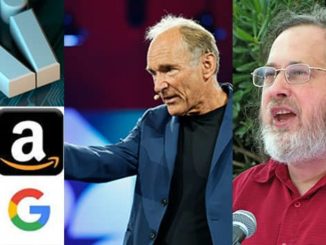
Critical Overview:
Chris Smalls is the leader of the Amazon Labor Union, an organization that emerged as a response to Amazon’s fiercely anti-union stance. Smalls, along with his friend and co-organizer Derrick Palmer, managed to unionize the Staten Island warehouse JFK8, without any professional organizing experience, formal affiliation with established organized labor, or big money behind them. Their union raised $120,000 on GoFundMe, compared to the $4.3 million Amazon spent trying to defeat them. John Logan, Director of Labor and Employment Studies at San Francisco State University, claims that no one ever thought that unionization efforts would win against Amazon, and the Amazon Labor Union’s victory is a significant event that resulted from a different way of thinking about labor organizing.
Smalls considers the Amazon Labor Union a new face of 21st-century organizing, representing younger adults who take charge and put workers in the driver’s seat. He understands that Amazon employees are different from the progressive rhetoric that energizes college-educated liberals. They are often too tired to follow politics and are unlikely to be familiar with political figures such as AOC and Bernie. Smalls and Palmer’s experience of working at Amazon gave them an insight that larger, more powerful unions lack.
Smalls believes that building a union from within is essential. This approach led to their victory over Amazon’s fierce anti-union stance. Smalls’ leadership skills and understanding of the specific issues faced by Amazon employees gave him the ability to succeed where other unions have failed.
Conclusion:
Chris Smalls and Derrick Palmer’s victory over Amazon’s anti-union stance is a significant achievement. Their success can be attributed to a different way of thinking about labor organizing and building a union from within. Smalls’ leadership skills and insight into the specific issues faced by Amazon employees made him successful where other unions have failed. This victory can be considered a new face of 21st-century organizing, representing younger adults who take charge and put workers in the driver’s seat.




